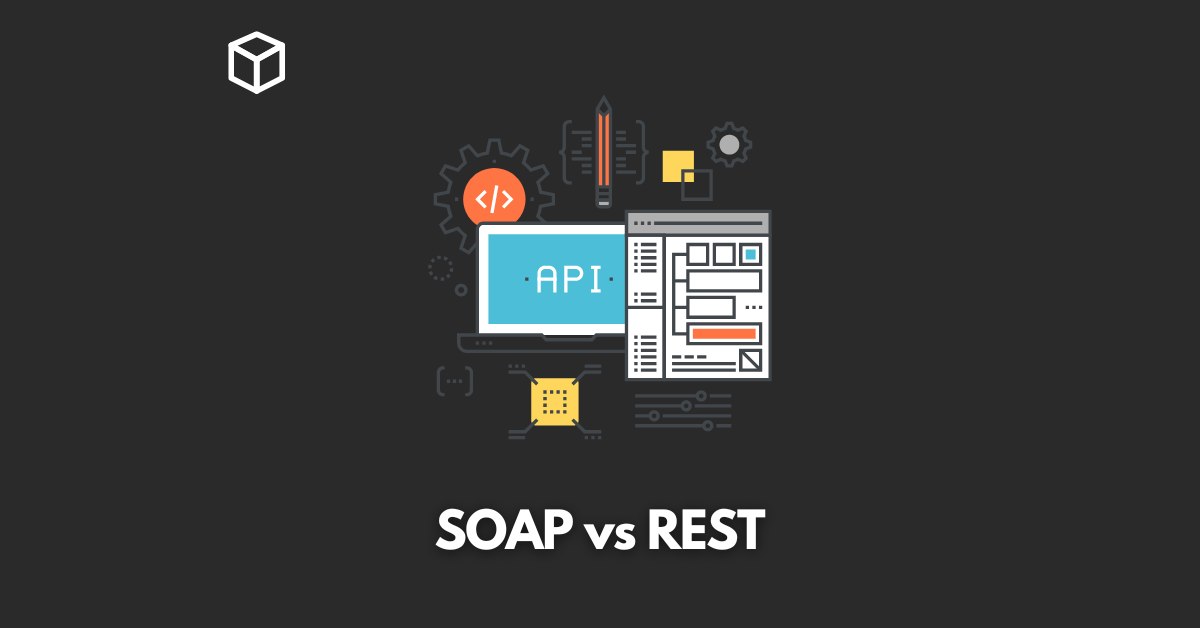APIs, or application programming interfaces, are an essential part of today’s digital landscape.
They allow different software systems to communicate with each other, enabling data and functionality to be shared seamlessly.
However, with so many API protocols to choose from, it can be challenging to determine which one is best suited for your needs.
In this article we will take a closer look at two of the most popular API protocols: SOAP and REST, and explore the similarities and differences between them.
We will also discuss when one protocol may be a better choice over the other and provide real-world examples of companies and industries that use each protocol.
What is SOAP?
SOAP, or Simple Object Access Protocol, is a messaging protocol that enables communication between different software systems.
It is based on the Extensible Markup Language (XML) and is typically used to transmit data over the internet.
One of the main benefits of SOAP is that it is platform-independent, meaning that it can be used to connect systems running on different operating systems and programming languages.
Additionally, SOAP includes built-in error handling, making it a reliable choice for mission-critical applications.
However, there are also some downsides to using SOAP. One of the main drawbacks is that it can be verbose, resulting in larger message sizes and slower transmission speeds.
Additionally, SOAP requires more complex coding, making it more challenging to implement and maintain.
What is REST?
REST, or Representational State Transfer, is a software architectural style that defines a set of constraints for building web services.
Unlike SOAP, REST is not a protocol but rather a set of guidelines for building APIs.
One of the main benefits of REST is that it is lightweight and easy to implement, making it a popular choice for building web services.
Additionally, REST uses the HTTP protocol, which is widely supported, making it a good choice for integrating with existing systems.
However, there are also some downsides to using REST.
One of the main drawbacks is that it is less secure than SOAP, as it does not include built-in error handling or encryption.
Additionally, REST can be less reliable than SOAP, as it is based on the stateless HTTP protocol.
Comparison of SOAP and REST
When comparing SOAP and REST, there are several key differences to keep in mind. One of the main differences is that SOAP is a protocol, whereas REST is an architectural style.
Additionally, SOAP includes built-in error handling and encryption, whereas REST does not.
Furthermore, SOAP is typically more verbose and requires more complex coding, whereas REST is lightweight and easy to implement.
When it comes to choosing between SOAP and REST, it ultimately depends on your specific needs and requirements.
If you are building a mission-critical application that requires reliable and secure communication, then SOAP may be the better choice.
However, if you are building a web service that needs to be lightweight and easy to implement, then REST may be the better option.
Real-world examples
SOAP is widely used in the financial industry, as it is a secure and reliable way to transmit sensitive data.
Many banks and financial institutions use SOAP to power their online banking services and mobile apps.
Additionally, SOAP is also commonly used in the healthcare industry, as it enables the sharing of patient information between different systems.
On the other hand, REST is popularly used in the e-commerce industry, as it is an easy and efficient way to build web services that power online stores.
Additionally, REST is also commonly used in the social media and entertainment industries, as it enables seamless integration of different platforms and applications.
For example, many social media apps and websites use RESTful APIs to allow users to share and access data from other platforms.
Conclusion
In conclusion, SOAP and REST are both popular API protocols that have their own set of advantages and disadvantages.
SOAP is a reliable and secure protocol that is well-suited for mission-critical applications, while REST is lightweight and easy to implement, making it a good choice for building web services.
The choice between the two ultimately depends on your specific needs and requirements.
When it comes to real-world examples, SOAP is widely used in the financial and healthcare industries, while REST is popular in the e-commerce and social media industries.
It is essential to keep in mind that technology landscape is always changing, and new protocols and technologies are emerging.
Therefore, it’s always good to stay updated and choose the one that best suits your requirements.
Additional Resources
- SOAP official documentation – https://www.w3.org/TR/soap/
- RESTful API Tutorial – https://www.tutorialspoint.com/restful/index.htm
Thank you for reading this article.
I hope you found it informative and helpful in understanding the differences between SOAP and REST, and how to choose the right protocol for your API.




